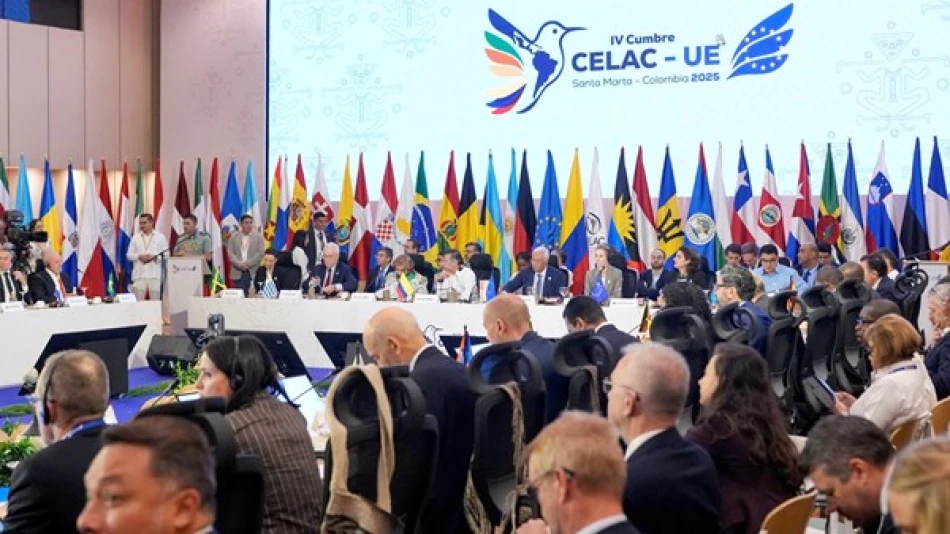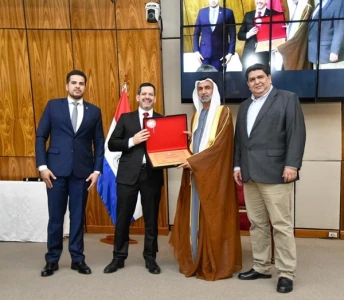
Latin America and EU Summit Opens in Colombia, Forging Powerful Global Partnerships
A summit between Latin American-Caribbean nations and the European Union opened Sunday in Colombia with just nine leaders attending out of 60 possible participants. The low turnout highlights growing challenges in trans-Atlantic cooperation as both regions grapple with economic pressures and shifting global priorities.
The meeting in Santa Marta, northern Colombia, brings together representatives from the 33-member Community of Latin American and Caribbean States (CELAC) and the 27 EU member countries. But only nine heads of state and government showed up, including European Council President António Costa and Spanish Prime Minister Pedro Sánchez.
The agenda focuses on three main areas: expanding trade relationships, coordinating energy transition policies, and joint efforts against organized crime. These topics reflect pressing concerns for both regions as they navigate post-pandemic economic recovery and security challenges.
The sparse attendance suggests deeper issues in EU-Latin America relations. Many leaders are dealing with domestic crises that make international summits less of a priority. Economic pressures at home often trump diplomatic meetings abroad, especially when concrete outcomes remain uncertain.
For the EU, Latin America represents an important market and source of critical minerals needed for green energy transitions. European countries are particularly interested in lithium deposits across South America for battery production. But competition from China and the United States has intensified, making European engagement more complex.
Latin American countries, meanwhile, are looking for investment partnerships and technology transfers to modernize their economies. They want better trade deals and support for sustainable development projects. But EU environmental standards and human rights conditions sometimes clash with local priorities.
The summit will conclude Monday with a non-binding declaration. These statements typically outline shared goals and commitments but lack enforcement mechanisms. Past summits have produced similar documents with mixed results on actual implementation.
The meeting comes as both regions face internal divisions. The EU is managing migration pressures, energy security concerns, and economic uncertainty. Latin America continues dealing with political instability, drug trafficking, and climate change impacts.
Despite the challenges, trade between the regions reached $230 billion in 2023. European companies remain major investors in Latin American infrastructure and energy projects. But maintaining these relationships requires more consistent high-level engagement than the current summit format seems to provide.
 Layla Al Mansoori
Layla Al Mansoori







